
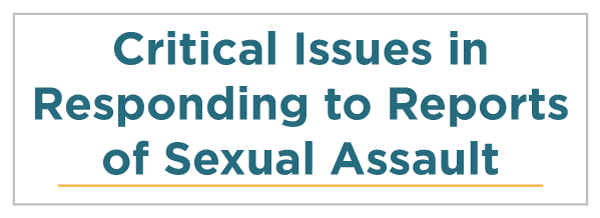 |
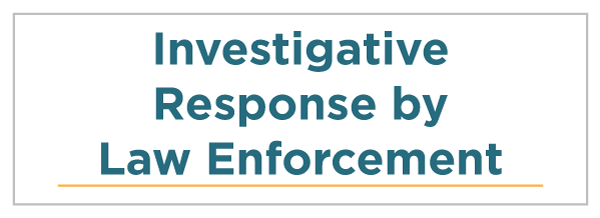 |
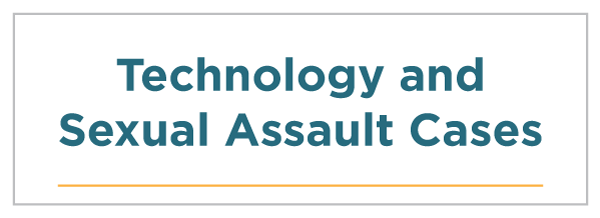 |
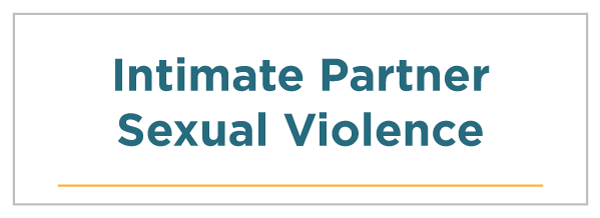 |
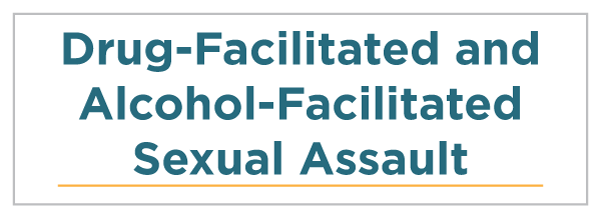 |
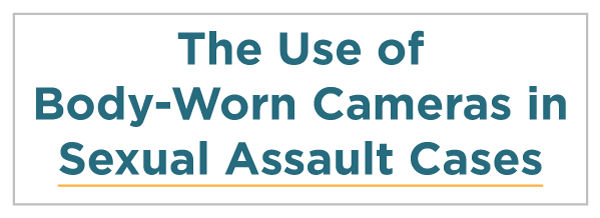 |
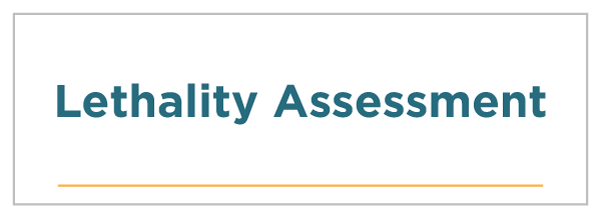 |
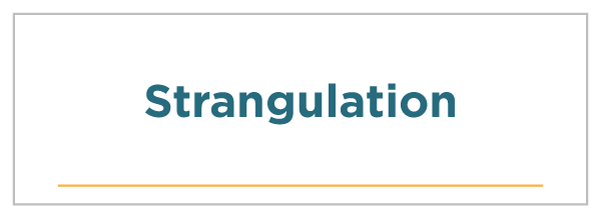 |
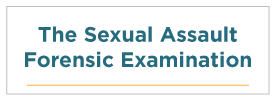 |
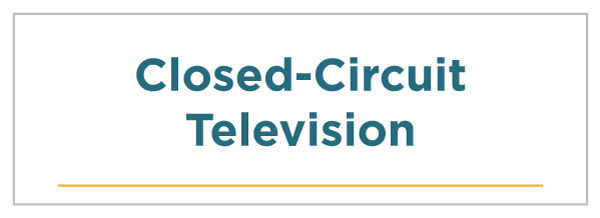 |
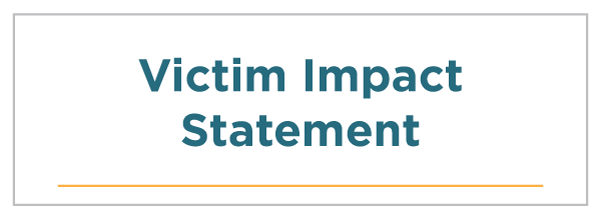 |
 |
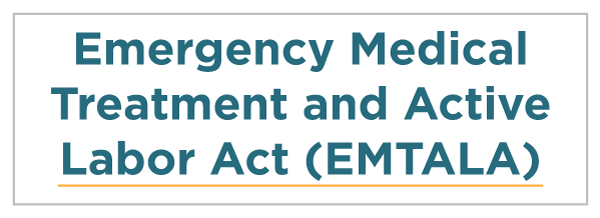 |
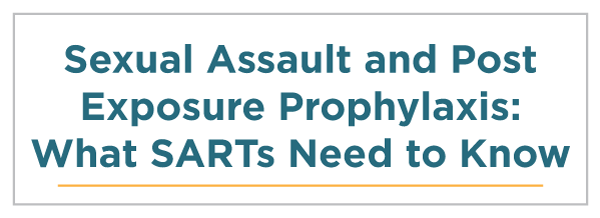 |
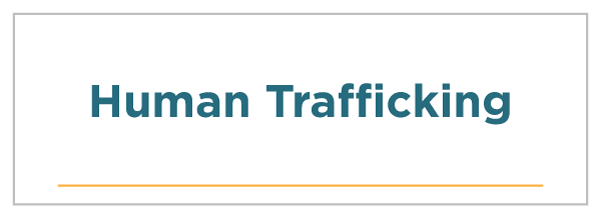 |
Sexual Assault and Post Exposure Prophylaxis: What SARTs Need to Know
Individuals who are sexually assaulted may be concerned about sexually transmitted diseases, in particular HIV infection at the time of the assault. While the risk of acquiring HIV following a sexual assault is low and varies based on the circumstances of the event, health care providers and members of SARTs must be prepared to provide culturally relevant, trauma-informed, victim-centered support; accurate information; and appropriate medical care to victims. [186], [187]
Understanding the rate and infection patterns of HIV/AIDS in the local community and the individual risk factors associated with the assault (type of penetration, injuries resulting in bleeding, condom use, sexual and drug abuse history of assailant) can help medical providers determine the risk of HIV exposure. [188]
While service providers, including medical professionals, cannot make an absolute determination of exposure, they can support victim’s access to medical advice. Guidelines exist to help medical providers make informed decisions about medications and courses of treatment. [189] The CDC offers a list of hotlines and referrals that may be useful.
NSVRC, in collaboration with the National Alliance to End Sexual Violence, the Association of Nurses in AIDS Care, and IAFN developed a joint statement, Position on Universal Access to Anti-HIV Medication, that recommends establishment of systems to ensure that victims of sexual assault have universal access to medications to prevent HIV following a sexual assault.
The position paper recommends that — [190]
- “Health care providers treating sexual assault patients include HIV risk assessment and potential prophylaxis as a standard component of the medical-forensic examination.
- Anti-HIV medications be available where and when patients present after sexual assault.
- People who have been sexually assaulted not be expected to carry the financial burden for HIV PEP.
- People who have been sexually assaulted have access to advocacy and supportive services before, during, and after HIV testing and PEP provision.”
Although all medical providers should be able to provide immediate access to HIV medications following a sexual assault, they may refer patients for the ongoing care required during the 28-day treatment period. [191]
In addition to evaluating the patient risk for exposure to HIV and indications for post-exposure prophylaxis (PEP), medical providers should also consider the victim’s risk of exposure to and treatment options available for preventing STIs, hepatitis B, hepatitis C, and pregnancy. [192]
Counseling and assistance for follow-up treatment and HIV antibody testing at six weeks, three months and six months post-assault should also be provided. [193]
Victims have the right to make informed decisions about PEP, including understanding the side effects, the effectiveness of treatment, and potential consequences of reactions to the medication, such as missing work due to feeling ill. See If a Victim Chooses PEP in the SART Toolkit for more information on how SARTs can support victims in completing the course of treatment with limited obstacles. [194]
Victims have the right to — [195]
- ask questions about PEP,
- refuse PEP,
- have confidential support and advice, and
- stop taking PEP anytime.
If a Victim Chooses PEP
Post-exposure prophylaxis (PEP) involves strict adherence to a 28-day treatment regime. This structured regime has proven to be a challenge for victims of sexual assault. Current World Health Organization (WHO) guidelines recommend providing the full 28-day course of medication to patients, along with counseling services to help victims complete the treatment. [196]
Patients may have difficulty accepting they are at risk for contracting HIV, see a 28-day treatment as a daily reminder of the assault, or feel burdened by the steps required to obtain costly medications if they do not have health insurance. [197] Living in rural, tribal, or remote areas, or having limited transportation, can create barriers to managing side effects, getting to appointments related to treatment, and seeking follow-up care.
SARTs can plan with victims to diminish barriers, such as giving victims medications to manage side effects, arranging transportation, arranging payment, or finding other creative solutions based on the victim’s needs.
Positive interactions between providers and patients, education on the rationale for a full 28-day treatment, and community medication assistance programs may help improve victims’ access to PEP and compliance with the treatment regime. [198]
SARTs can prepare to work with victims concerned with HIV infection or at risk of HIV infection, and victims with a pre-existing infection, by taking these steps:
- Understanding the prevalence of HIV in your jurisdiction.
- CDC HIV Statistics Overview provides in-depth information about HIV and AIDS, including the number and population rates of HIV diagnoses, the number of people living with HIV, the number of people who are receiving HIV medical care, and links to state-by-state statistics and information.
- Being informed about a victim’s concerns.
- Ensuring all service providers understand their role in supporting victims.
- Making immediate referrals to medical providers upon disclosure of a sexual assault, particularly if there is any known risk of HIV infection.
- Empowering victims to speak to medical providers to receive up-to-date medical information on HIV infection.
- Supporting victims during PEP, if they choose PEP.
- Supporting victims’ follow-up with testing 2 to 6 weeks following the assault and again at 3, 6, and 12 months following the assault.
- Establishing and making collateral support services, such as transportation, available to victims.
- Working with victims to develop a follow-up plan before they leave the hospital.
- Developing a referral network for victims who are seeking anonymous HIV testing, beyond the medical forensic exam, including calling CDC-INFO 24 Hours/Day at 1-800-CDC-INFO in English and Spanish or visiting the National HIV Testing Resource.
- Being knowledgeable about laws related to HIV infection or transfer.
- Compelling testing of defendants for STI and HIV Testing
- HIV-Specific Criminal Laws and their impact on HIV communities.
HIV and PEP Resources
This website provided by the CDC provides individuals with information about their potential risk and mechanisms for reducing exposure risk to HIV.
Intersection Between HIV/AIDS, Violence Against Women, & Gender-Related Health Disparities (podcast)
Listen to Greta Massetti, chief of the Research and Evaluation Branch at the Division of Violence Prevention, CDC, and Donna Greco, training and technical assistance director of the National Sexual Violence Resource Center, as they explore the intersection between HIV/AIDS, sexual violence, and intimate partner violence. They also discuss strategies to address and prevent the issues.
Post-Exposure Prophylaxis (PEP)
This page by the city of New York provides information and resources on PEP and answers basic questions such as how it works, the side effects, and how to take it.
The CDC within the U.S. Department of Health and Human Services developed this guide, which features helpful tables and current information on exposure to HIV.
The World Health Organization (WHO) provides a general overview of PEP guidelines, including international information that SARTs might find useful from a cultural responsiveness perspective.
Technical Assistance Providers on HIV Infection
This HHS website provides a number of fact sheets and resources.
The Association of Nurses in AIDS Care
The leading nursing organization responding to HIV/AIDS, Association of Nurses in AIDS Care (ANAC) nurses work in all aspects of HIV and HIV-related prevention, care, treatment, research, education, and policy. ANAC’s mission is to provide educational, professional development, and networking opportunities for nurses about HIV.
The Center for HIV Law and Policy is a national resource and advocacy organization working to advance the rights of people affected by HIV. They combine an online HIV Policy Resource Bank, a creative national advocacy agenda, and case assistance focused on systems and institutions with significant impact on marginalized communities.
The International Association of Forensic Nurses
IAFN is an international membership organization comprised of forensic nurses with a mission to provide leadership in forensic nursing practice by developing, promoting, and disseminating information internationally about forensic nursing science.
The National Clinician's Post Exposure Prophylaxis Hotline (PEPLine)
This hotline is available to clinicians in need of advice on how best to treat health care workers accidentally exposed at work to blood-borne diseases such as HIV and hepatitis. Call 1-888-448-4911 to reach the hotline.
New York State Department of Health, AIDS Institute
The New York State Department of Health, AIDS Institute, has lead responsibility for coordinating state programs, services, and activities relating to HIV/AIDS, sexually transmitted diseases (STDs), and hepatitis C.
| Back | Index | Next |
